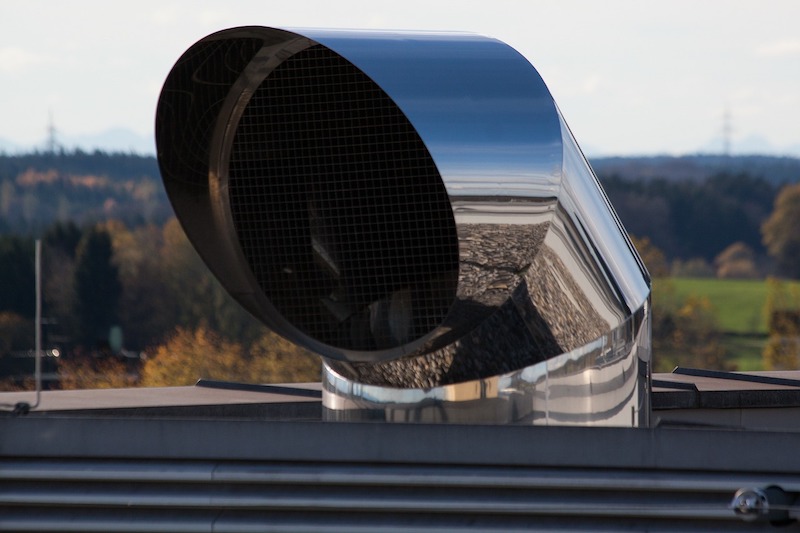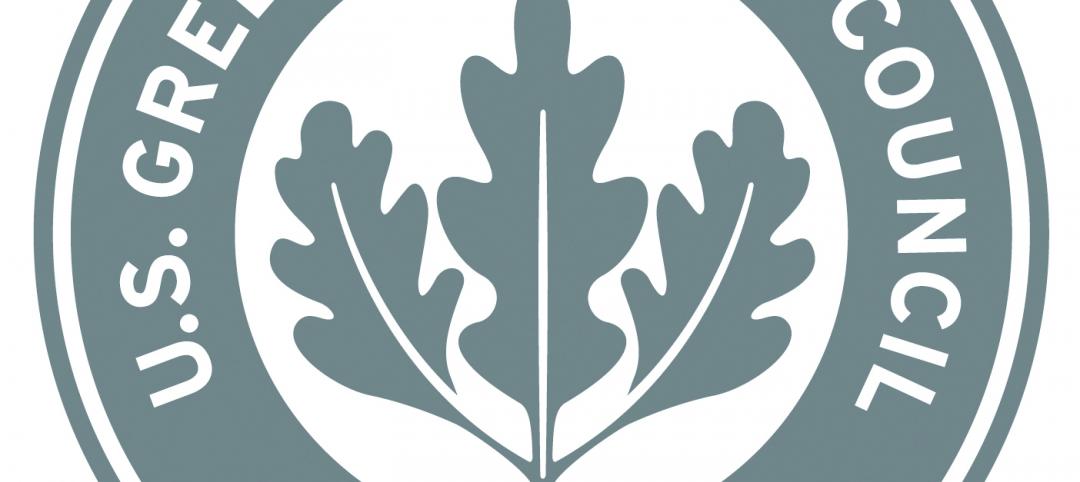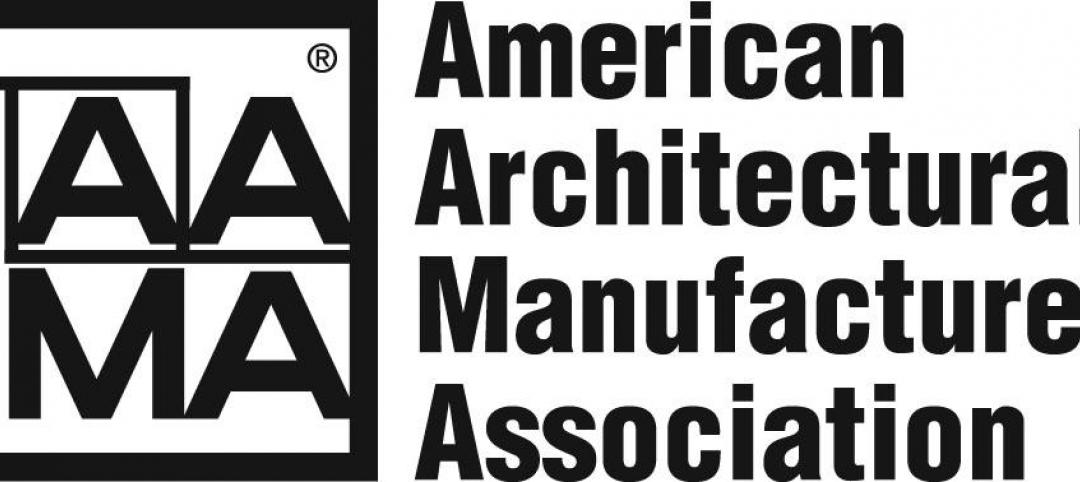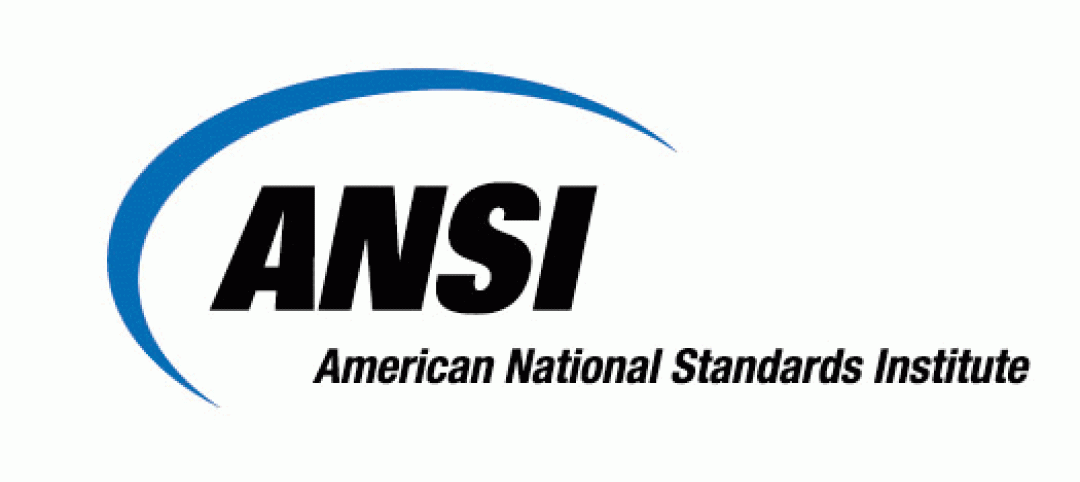Experts examined reduced pathogen transmission using a building’s original mechanical design, original installation, design intent, and proper maintenance in a new white paper.
Return Ductwork Requirement for Airborne Pathogens Through the Airstream, discusses two approaches: pressure barriers and airflow distribution. The paper looks at the pros and cons of using the cavity above a finished ceiling as a return air plenum combined with supply air to the air handler as a proper ventilation technique.
Considerations include how ventilation systems affect the health and well-being of building occupants. A ceiling plenum provides some fan-specific energy efficiency and reduced material and labor costs, but it could put occupants and workers at risk and result in unintended energy losses. An open ceiling plenum is difficult to clean and disinfect, while ductwork can be easily cleaned.
A ducted return system allows a testing, adjusting, and balancing professional to adjust room pressures and airflow patterns to accommodate a change in use or mitigate pathogen transmission during a pandemic. Authors of the white paper include members of the American Society of Heating, Refrigerating and Air-Conditioning Engineers (ASHRAE) Technical Committee 5.2 Duct Design.
Related Stories
| Nov 26, 2012
Changes in development and building standards needed for health of Potomac River
The Potomac River’s health stands to suffer if the region does not change its development and building standards, according to the Potomac Conservancy.
| Nov 16, 2012
South Dakota prefers LEED over building code on state projects
“(LEED is) much better than a mandatory building code because you get a little wiggle room in these projects,” said Mike Mueller, a spokesman for the South Dakota Bureau of Administration.
| Nov 16, 2012
AAMA publishes quality assurance guidelines for Polyamide Thermal Barriers
The American Architectural Manufacturers Association (AAMA) has published QAG-2-12, Voluntary Quality Assurance Processing Guide for Polyamide Thermal Barriers.
| Nov 16, 2012
New ANSI/BIFMA standards developed for educational seating
The American National Standards Institute (ANSI) has approved the newly developed safety and performance standard for educational seating: ANSI/BIFMA X6.1-2012—the first of its kind.
| Nov 16, 2012
Green building councils in 62 countries expect 60% of their work to be green by 2015
More than half of the respondents to a survey of members of the Green Building Council in 62 countries expect green projects to comprise 60% of their work by 2015.
| Nov 16, 2012
Voters approve fewer construction ballot measures in 2012 than in 2008
Voters passed fewer ballot measures related to construction projects this year than they did in 2008, according to an analysis by the Associated General Contractors of America.












